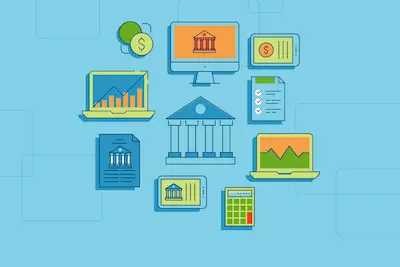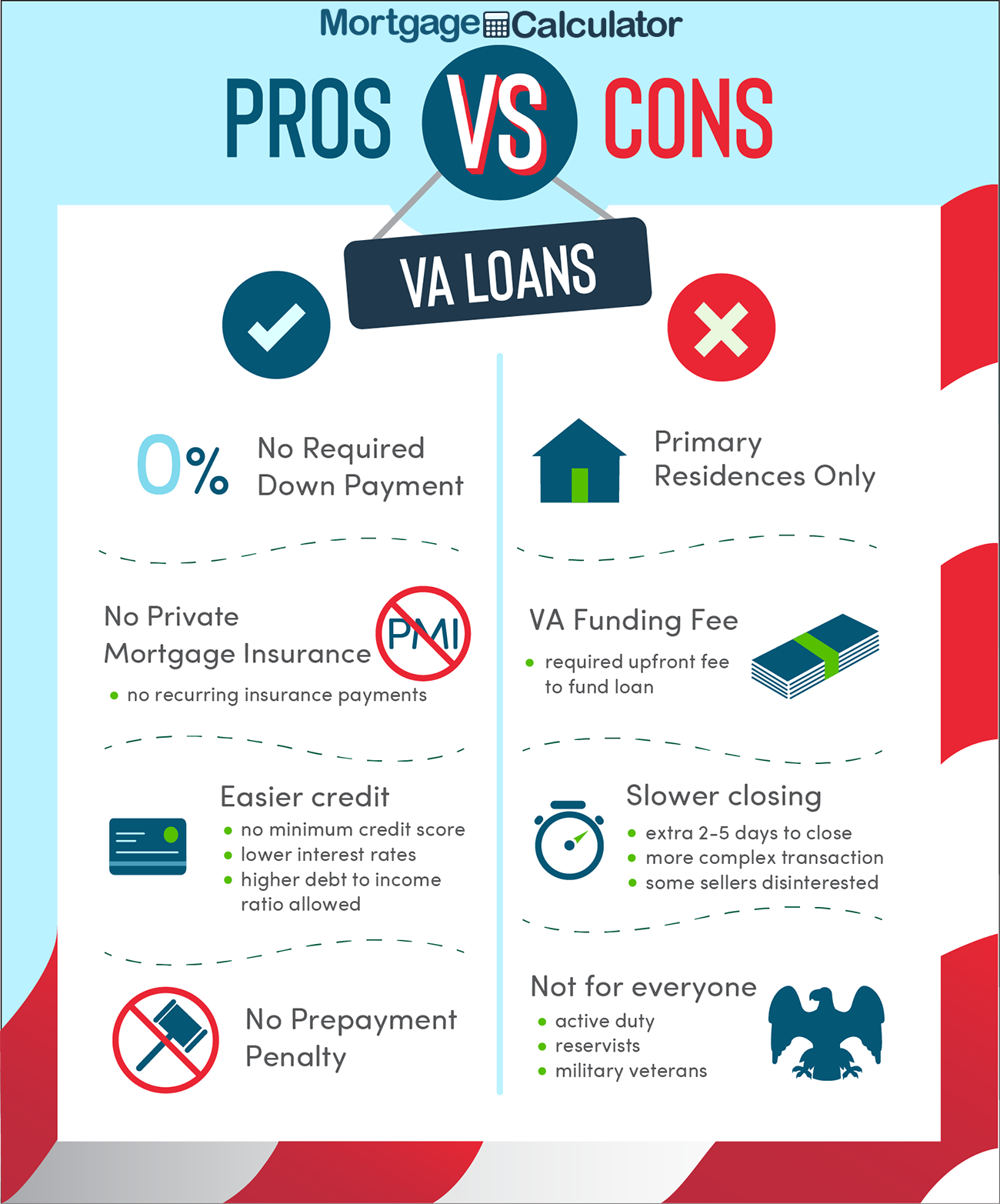Table of ContentsThe Only Guide for What Are Swaps On MortgagesNot known Facts About Why Reverse Mortgages Are BadThe Buzz on Why Do Banks Sell MortgagesExamine This Report about How Adjustable Rate Mortgages WorkThe Only Guide for How Much Do Mortgages Cost
A home mortgage is likely to be the largest, longest-term loan you'll ever secure, to buy the biggest asset you'll ever own your home. The more you understand about how a mortgage works, the much better choice will be to pick the home loan that's right for you. In this guide, we will cover: A home loan is a loan from a bank or lending institution to assist you finance the purchase of a home.
The house is used as "collateral." That suggests if you break the pledge to pay back at the terms developed on your home loan note, the bank can foreclose on your home. Your loan does not end up being a home mortgage up until it is attached as a lien to your home, indicating your ownership of the house ends up being based on you paying your brand-new loan on time at the terms you consented to.
The promissory note, or "note" as it is more typically identified, lays out how you will pay back the loan, with details consisting of the: Rate of interest Loan amount Term of the loan (30 years or 15 years are typical examples) When the loan is considered late What the principal and interest payment is.
The home loan essentially provides the loan provider the right to take ownership of the home and offer it if you don't pay at the terms you consented to on the note. Many mortgages are contracts in between 2 celebrations you and the lending institution. In some states, a third person, called a trustee, may be contributed to your home loan through a file called a deed of trust.
The Main Principles Of How Do Escrow Accounts Work For Mortgages
PITI is an acronym loan providers use to explain the various components that make up your regular monthly home loan payment. It stands for Principal, Interest, Taxes and Insurance coverage. In the early years of your home mortgage, interest comprises a majority of your total payment, however as time goes on, you begin paying more primary than interest until the loan is settled.
This schedule will show you how your loan balance drops over time, in addition to just how much principal you're paying versus interest. Homebuyers have several alternatives when it concerns picking a home loan, but these choices tend to fall into the following 3 headings. One of your very first decisions is whether you desire a repaired- or adjustable-rate loan.
In a fixed-rate mortgage, the rates of interest is set when you secure the loan and will not alter over the life of the home mortgage. Fixed-rate home mortgages provide stability in your home loan payments. In a variable-rate mortgage, the rate of interest you pay is tied to an index and a margin.
The index is a procedure of global rate of interest. The most typically used are the one-year-constant-maturity Treasury securities, the Cost of Funds Index (COFI), and the London Interbank Deal Rate (LIBOR). These indexes comprise the variable element of your ARM, and can increase or reduce depending upon elements such as how the economy is doing, and whether the Federal Reserve is increasing or decreasing rates.
The smart Trick of Why Are Most Personal Loans Much Smaller Than Mortgages And Home Equity Loans? That Nobody is Discussing
After your preliminary fixed rate period ends, the lending institution will take the present index and the margin to compute your brand-new rates of interest. The amount will change based upon the modification duration you picked with your adjustable rate. with a 5/1 ARM, for example, the 5 represents the number of years your initial rate is fixed and will not alter, while the 1 represents how typically your rate can change after the fixed period is over so every year after the fifth year, your rate can alter based on what the index rate is plus the margin.
That can imply considerably lower payments in the early years of your loan. However, remember that your circumstance might change before the rate change. If interest rates increase, the value of your property falls or your financial condition modifications, you might not be able to offer the home, and you may have difficulty making payments based upon a greater interest rate.
While the 30-year loan is frequently selected because it provides the lowest monthly payment, there are terms ranging from ten years to even 40 years. Rates on 30-year home loans are higher than shorter term loans like 15-year loans. Over the life of a shorter term loan like a 15-year or 10-year loan, you'll pay substantially less interest.
You'll likewise require to choose whether you want a government-backed or standard loan. These loans are guaranteed by the federal government. FHA loans are facilitated by the Department of Real Estate and Urban Advancement (HUD). They're designed to assist newbie homebuyers and people with low incomes or little cost savings manage a home.
Some Of What Kind Of Mortgages Are There
The disadvantage of FHA loans is that they need an upfront home loan insurance cost and month-to-month mortgage insurance payments for all purchasers, no matter your down payment. And, unlike traditional loans, the home loan insurance coverage can not be canceled, unless you made a minimum of a 10% down payment when you got the initial FHA mortgage.
HUD has a searchable database where you can find lenders in your location that offer FHA loans. The U.S. Department of Veterans Affairs provides a mortgage program for military service members and their families. The advantage of VA loans is that they may not need a down payment or home mortgage insurance.
The United States Department of Agriculture (USDA) offers a loan program for property buyers in rural areas who satisfy certain earnings requirements. Their residential or commercial property eligibility map can give you a general concept of certified locations. USDA loans do not need a deposit or continuous home loan insurance coverage, however borrowers must pay an upfront fee, which presently stands at 1% of the purchase cost; that cost can be funded with the mortgage.

A conventional mortgage is a mortgage that isn't ensured or insured by the federal government and conforms to the loan limitations stated by Fannie Mae and Freddie Mac. For borrowers with greater credit report and steady earnings, traditional loans typically result in the most affordable monthly payments. Traditionally, traditional loans have actually needed larger deposits than many federally backed loans, however the Fannie Mae HomeReady and Freddie Mac HomePossible loan programs now provide borrowers a 3% down option which is lower than the 3.5% minimum needed by FHA loans.
The Single Strategy To Use For What Is Wrong With Reverse Mortgages
Fannie Mae and Freddie Mac are government sponsored enterprises (GSEs) that purchase and sell mortgage-backed securities. Conforming loans satisfy GSE underwriting standards and fall within their maximum loan limits. For a single-family home, the loan limit is currently $484,350 for most homes in the contiguous states, the District of Columbia and Puerto Rico, and $726,525 for houses in higher expense locations, like Alaska, Hawaii and numerous U - reverse mortgages are most useful for elders who.S.

You can look up your county's limitations here. Jumbo loans might likewise be referred to as nonconforming loans. Basically, jumbo loans surpass the loan limits developed by Fannie Mae and Freddie Mac. Due to their size, jumbo loans represent a greater threat for the lending institution, so borrowers must generally have strong credit rating and http://edwindkoy606.jigsy.com/entries/general/the-8-minute-rule-for-how-do-adjustable-rate-mortgages-work make larger down payments.